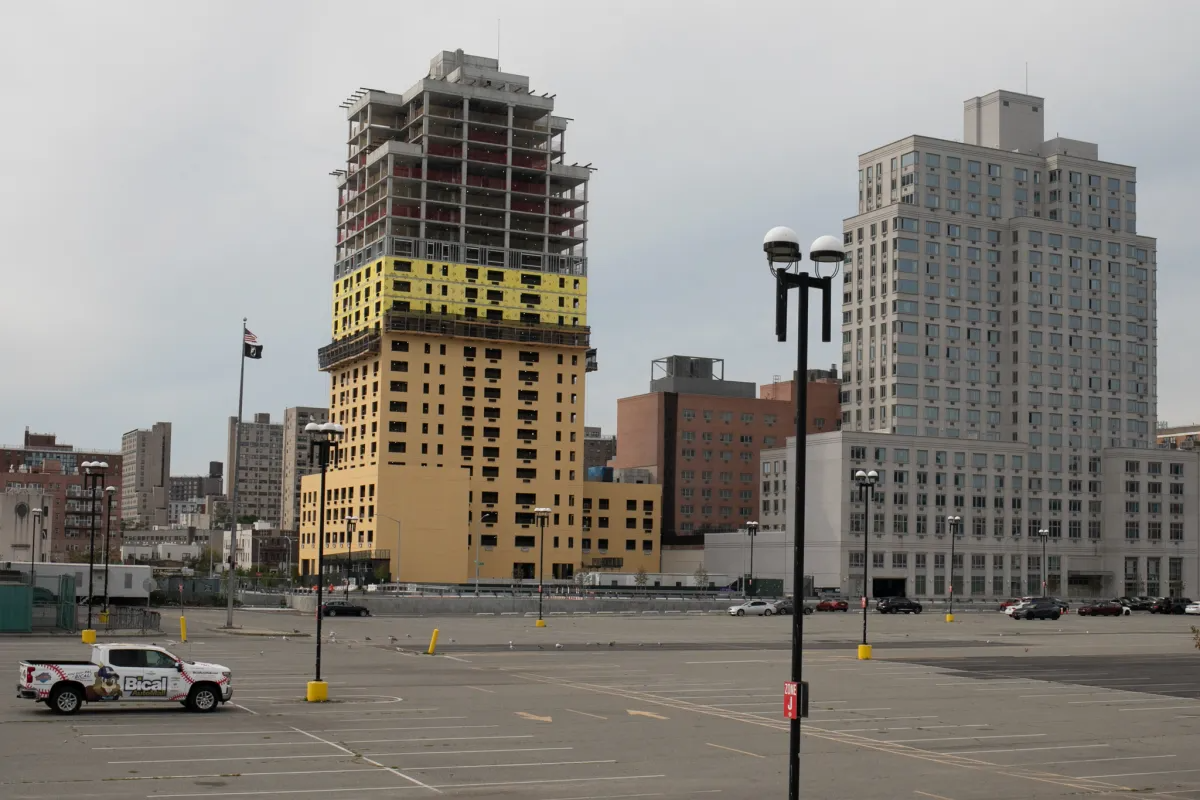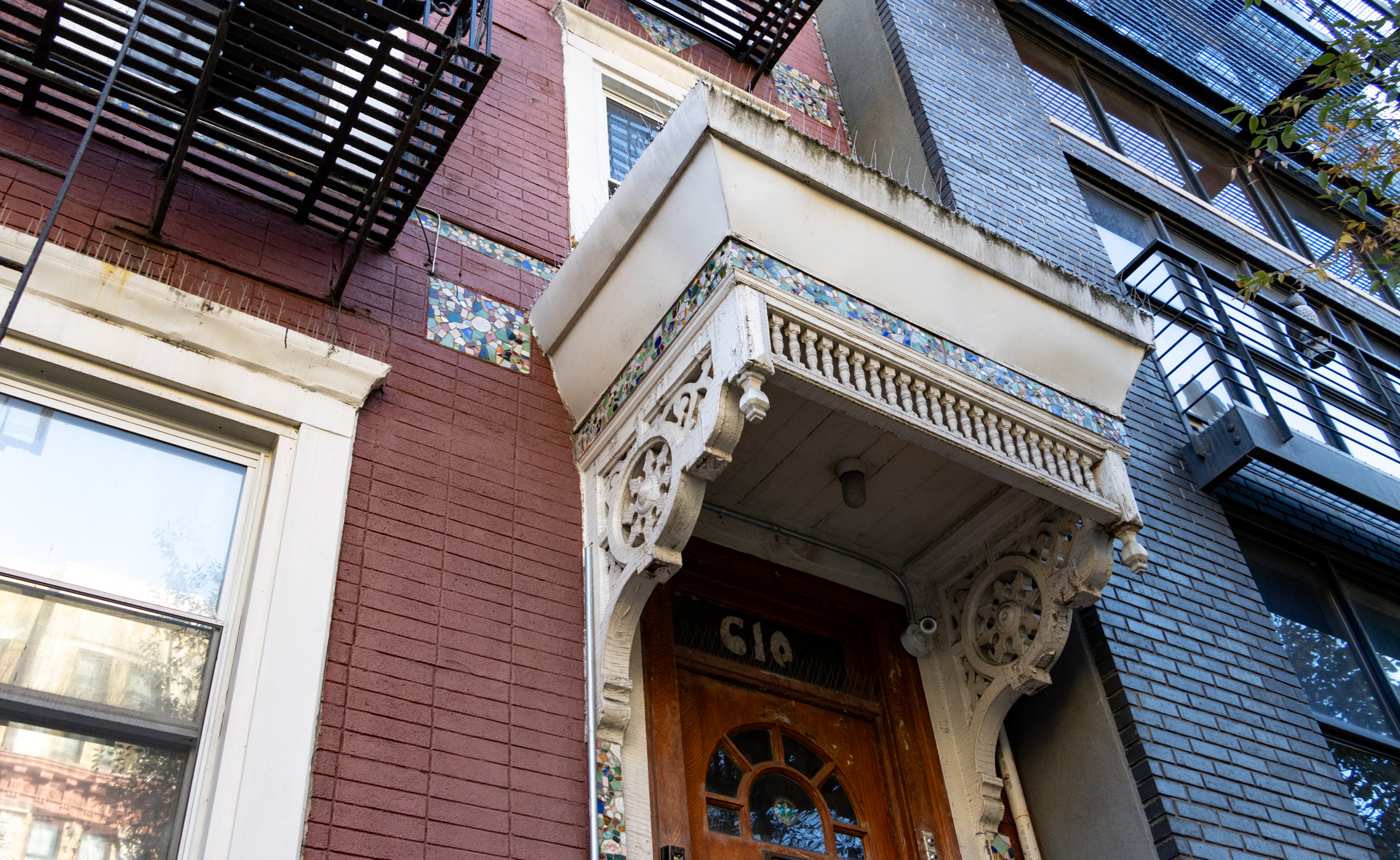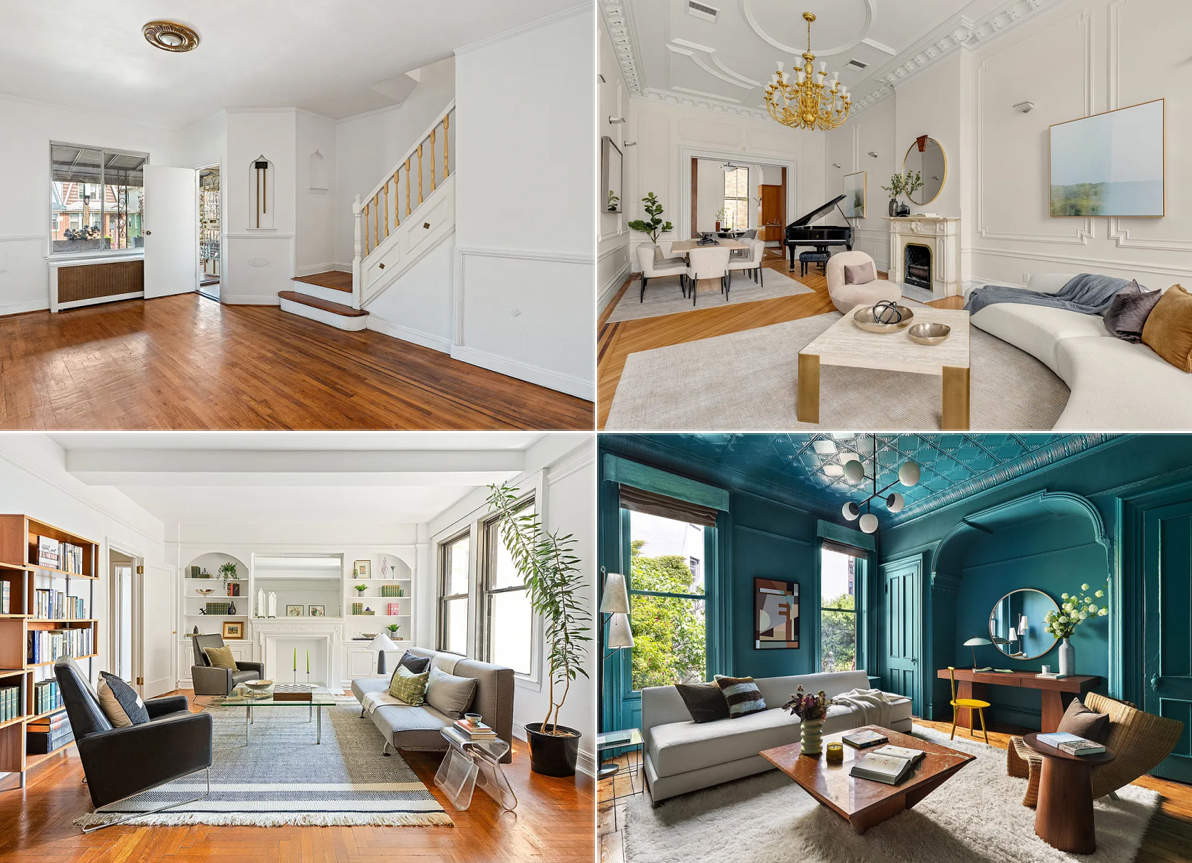Walkabout: Restoring a House in the City
I was fortunate enough to catch up with author Ingrid Abramovitch. Her new book, Restoring a House in the City is flying off the shelves in local bookstores for good reason. Anyone who is undertaking a brownstone renovation, is thinking about it, or just enjoys looking at all kinds of row house styles and decor,…


I was fortunate enough to catch up with author Ingrid Abramovitch. Her new book, Restoring a House in the City is flying off the shelves in local bookstores for good reason.
Anyone who is undertaking a brownstone renovation, is thinking about it, or just enjoys looking at all kinds of row house styles and decor, will enjoy this book. Here’s what she has to say about old houses, craftsmanship, and living in Brooklyn.

Ingrid, your book, Restoring a House in the City, introduces the reader to town and row houses located across the country, and even one in Montreal. With so many apartment and condo choices available in all of the cities featured, why do you think row house living has such a passionate appeal for so many people?
Living in an antique town house is a conscious lifestyle choice–as much a statement of identity for a certain type of city dweller as buying a Richard Meier condo would be for a very different set of urban folk.
In the case of row houses, there is the powerful allure of living in a house that has been crafted by hand, from materials that few of us could afford to buy new today, complete with architectural grace notes like ornamental plaster details and fretwork and marble mantels.
They are practically stage sets in this era of sheet-rock and cheap construction, romantic anachronisms that help to ground us from high-speed lives filled with high-tech gadgets and devices. There is a solidity to an old house that is as comforting as it is charming.
I love brownstone neighborhoods for their human scale–entrances on the street, stoop culture, a mix of homes and shops, and people of all types and ages–all the things Jane Jacobs advised us were so essential to a healthy urban experience.
And as for the houses themselves, antique row homes were the original green architecture, with window shutters to keep rooms cool, and shared walls between homes for insulation–not to mention proximity to public transportation so you can live and work in the city without having to drive anywhere.
The privacy and space of having one’s own house (and garden if you’re lucky) in the middle of the metropolis really makes you feel like you can have your cake and eat it too.
You and your family live in Brooklyn, and you are a Brownstoner reader. What are your predictions for Brooklyn living in 2010?
Montrose, I know the last couple of years haven’t been easy in Brooklyn real estate, but the strong response I am getting to Restoring a House in the City makes me feel very optimistic.
Just as the slow food movement made us appreciate the value of food that is locally sourced and made by hand, equally a new generation is rediscovering the craftsmanship, beauty and livability of the borough’s brownstones.
These homes are in finite supply and any neighborhood that has a good stock of (not overly renovated) homes should thrive. It’s happening where I live, in south Carroll Gardens. I went on the Bed-Stuy house tour a couple of months ago, and saw all those amazingly intact homes, and while I was there I checked out Brownstone Books and that wonderful restaurant Saraghina. If I had to put my money down, I’d do it in Bed-Stuy.
Many thanks to Ingrid, and to Chrissa Yee at Artisan Books. More information about the author and book can be found here.





When I bought in Philly in 1999, the Prudential Fox & Roach broker (they controlled most of the Philly market) said I was the first person they could remember in a long time who paid above ask. I was very happy at hearing that.
[RE: “Buying and Renovating”] “Their friends thought they were crazy, and no one wanted to live vertically in a dusty antique house with parquet floors and fireplaces”.
That was my experience too, when I bought my house.
“I hope the authors stuck around to see their investments pay off for astronomical returns”.
Me too, I did, although the appreciation on my house was somewhat less than if it had been on the UWS. Not that it matters–it’s just Monopoly money, since I’ll never sell
Bob, I have “Buying and Renovating”. It’s a rollicking tale of buying houses in the barely civilized “fringe” neighborhood called the Upper West Side, for the princely sum of around $38K, and renovating them. Their friends thought they were crazy, and no one wanted to live vertically in a dusty antique house with parquet floors and fireplaces. I hope the authors stuck around to see their investments pay off for astronomical returns.
I once worked on a house with an older gentleman who said he could build a whole house with an axe and a pair of linesman’s pliers. I believed him.
When I was looking for a house in the early ’70s there were several such books available, such as “Buying and Renovating a House in the City” and “You Don’t Have to be Rich to Own a Brownstone.” The last title shows how much things have changed! Anyway, it’s nice to have an updated book for the current generation of brownstoners.
On a different note, from reading Benson’s comments I presume that he doesn’t consider anything hand made that was done after our pre-human ancestors developed stone hand axes 🙂
What a shame some of us can’t appreciate the craftsmanship and working knowledge that went into building these townhouses.
Today we have the technology to take a line drawing and mechanically make a 3 dimensional sculpture from it. On a brownstone that lovely gargoyle face over the entryway- that was sculpted by hand first, then a mold made.True many processes were mechanized- but not in the way they are today.
There was much handwork and craftsmanship involved.
In Binghamton old Italian plasterers were famous for their handwork. They did beautiful geometric patterns on the ceilings, quite distinctive, using only a trowel.
I bought this a few weeks go– it’s a great book with truly beautiful homes.
Drywall is not superior to plaster.
Benson, most of the homes in the book are from before 1850, when, yes, almost everything was made by “hand”. Hand carved marble mantels, hand carved wooden stairway components, hand molded plaster ornament, etc. In houses from the late 1700’s, even more, including hand planed beams, floors, etc.
Can’t you just accept that a lot of people really like the craftsmanship of old houses, and let it go? Ms Abramovitch herself says that an old house is as much a “statement of identity for a certain type of city dweller as buying a Richard Meier condo would be for a very different set of urban folk.” Different strokes, and all that. Why begrudge people their personal choices?